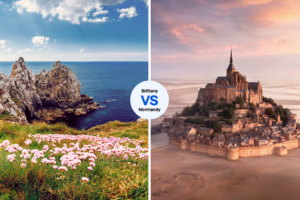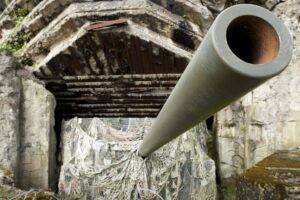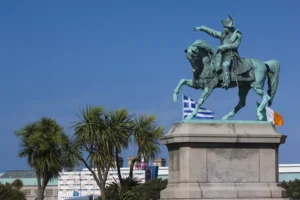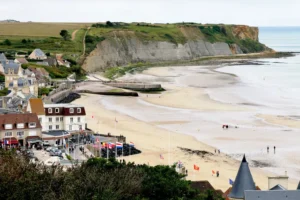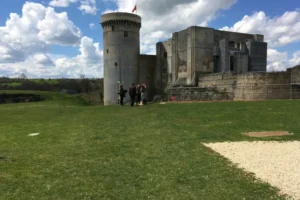
Top 15 Must-Experience Activities in Normandy, France
Exploring the remarkable attractions in Normandy allows visitors to witness iconic monuments and breathtaking landscapes that have captured the imagination for generations.
Read More 

